
companies of UAV LiDAR cameras, UAV PTZ parts, UAV PCB components,PTZ units! suppliers of UAV systems, PTZ gimbals, PCB boards for agriculture in china.
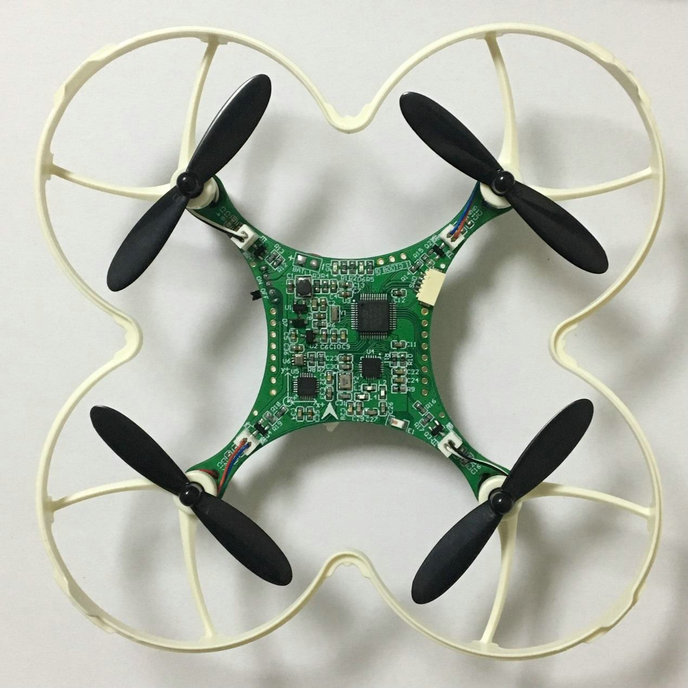
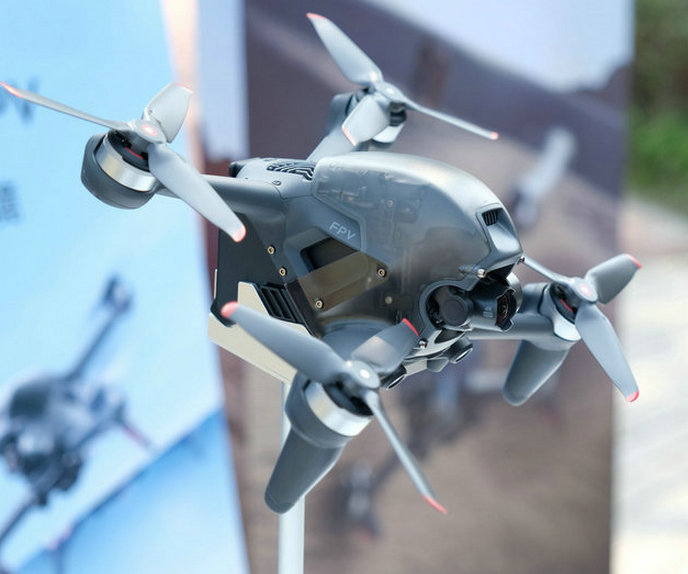
drones, also known as unmanned aerial vehicles (UAVs), work based on a combination of technologies and systems that allow them to fly and perform specific tasks. Here's an overview of how drones work:
drones are powered by one or more electric motors or internal combustion engines, depending on their size and design. electric motors are common in smaller consumer drones due to their efficiency, quiet operation, and ease of control.
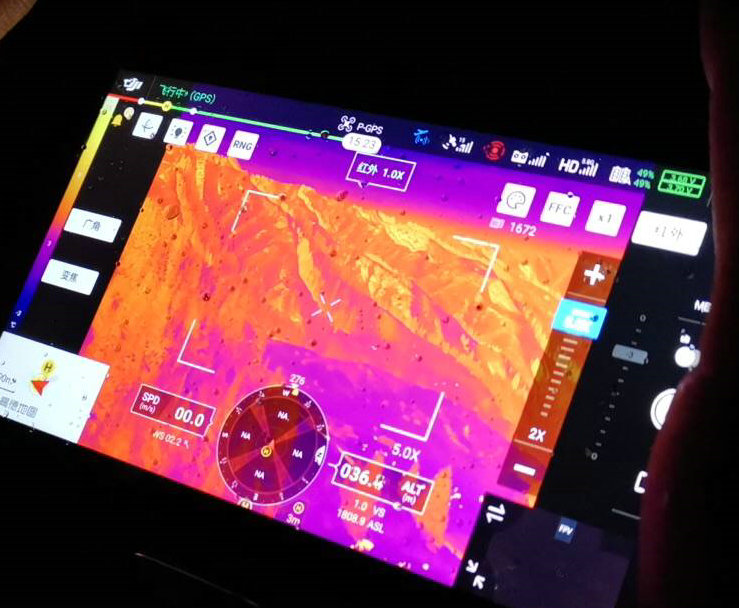
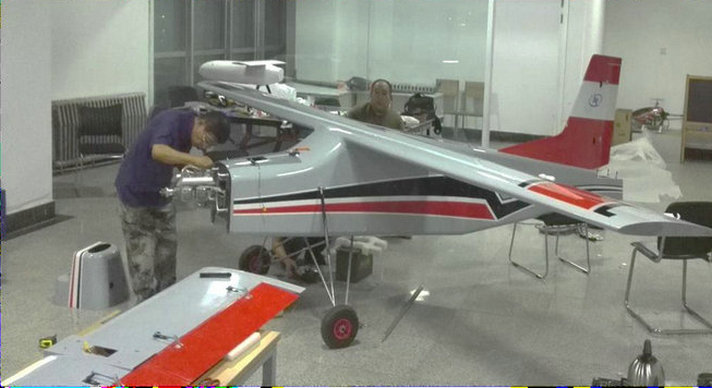
drones are equipped with flight control systems that include sensors and a flight controller. these components provide real-time data on the drone's orientation, speed, and position. drones can use various navigation and guidance systems, to determine their location and altitude. it important for drones that require accurate position information.
drones can be controlled remotely by a human operator using a radio transmitter or a mobile app. autonomous drones, on the other hand, are capable of flying pre-programmed routes or performing tasks based on onboard sensors and algorithms. drones typically use radio signals to communicate with the operator's remote control unit or a ground control station. This two-way communication allows the operator to receive real-time data from the drone and send commands.
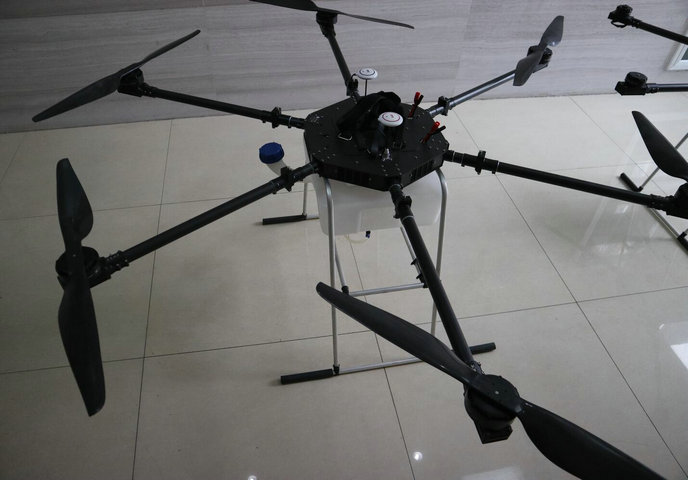
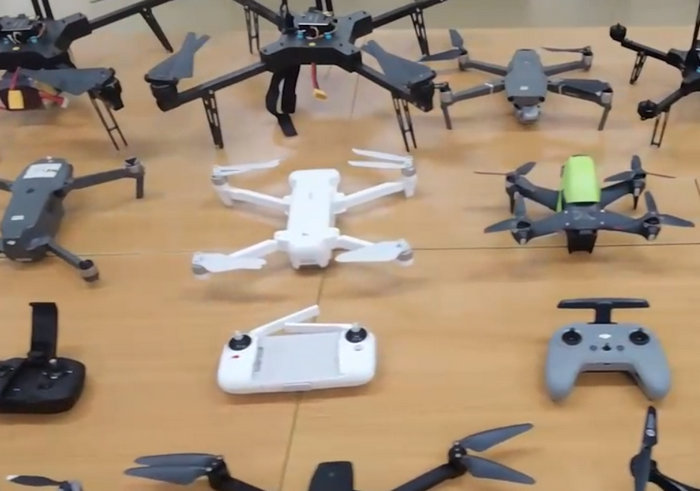
most drones, especially multirotor drones, have multiple propellers or rotors that generate thrust to lift the drone off the ground. the speed and direction of these propellers can be adjusted to control the drone's movement and orientation.
drones can carry various payloads, including cameras, sensors, and equipment for specific tasks. these payloads enable applications like aerial photography, videography, surveying, mapping, and more. drones often process data from their sensors and cameras to make decisions and adjust their flight parameters. this is particularly important for tasks like obstacle avoidance and autonomous navigation.
drones use their flight control system to maintain stability and control orientation. the sensors and flight controller adjust the motor speeds to keep the drone level and steady. drones rely on batteries for electric power, and they need to manage their energy resources to ensure safe flight and return to the operator. drone flight time is limited by the capacity of the battery.
many drones are equipped with safety features such as return-to-home functions that automatically guide the drone back to its takeoff point if it encounters problems or low battery levels. in essence, drones operate by using a combination of hardware components , software algorithms, and communication systems to achieve their flight and mission objectives. the specific capabilities and functionalities of a drone depend on its design and purpose, whether it's for recreational flying, aerial photography, surveillance, or any other application.
- home
- products
- contact
- equipments
- UAV
- camera drones
- fixed wing UAV 200
- VTOL aircrafts 220
- hand-throwing fixed-wing UAVs
- quadcopter drones 820
- huge hexacopter UAVs 1550
- big hexacopter UAVs 1100
- drone PCB
- mini drones 180
- PTZ gimbals
- hydrogen powered drones
- drone LiDAR cameras
- FPV drones
- drone hangar
- underwater robotics
- unmanned helicopters
- drone swarms
- aerial photography drones
- agriculture drones
- inspection drones
- police drones
- emergency drones
- logistics drones
- mapping drones
- mining drones